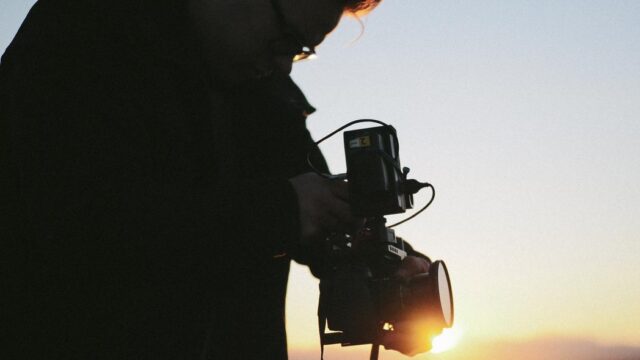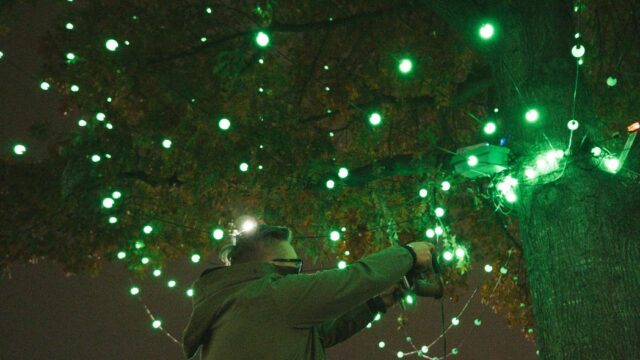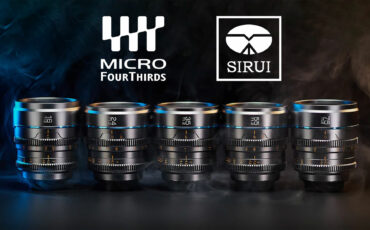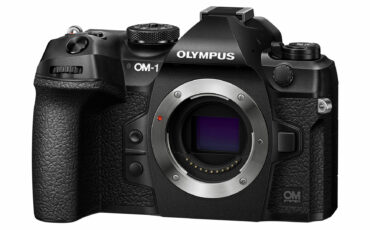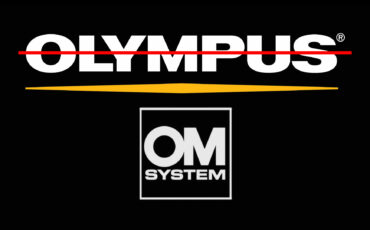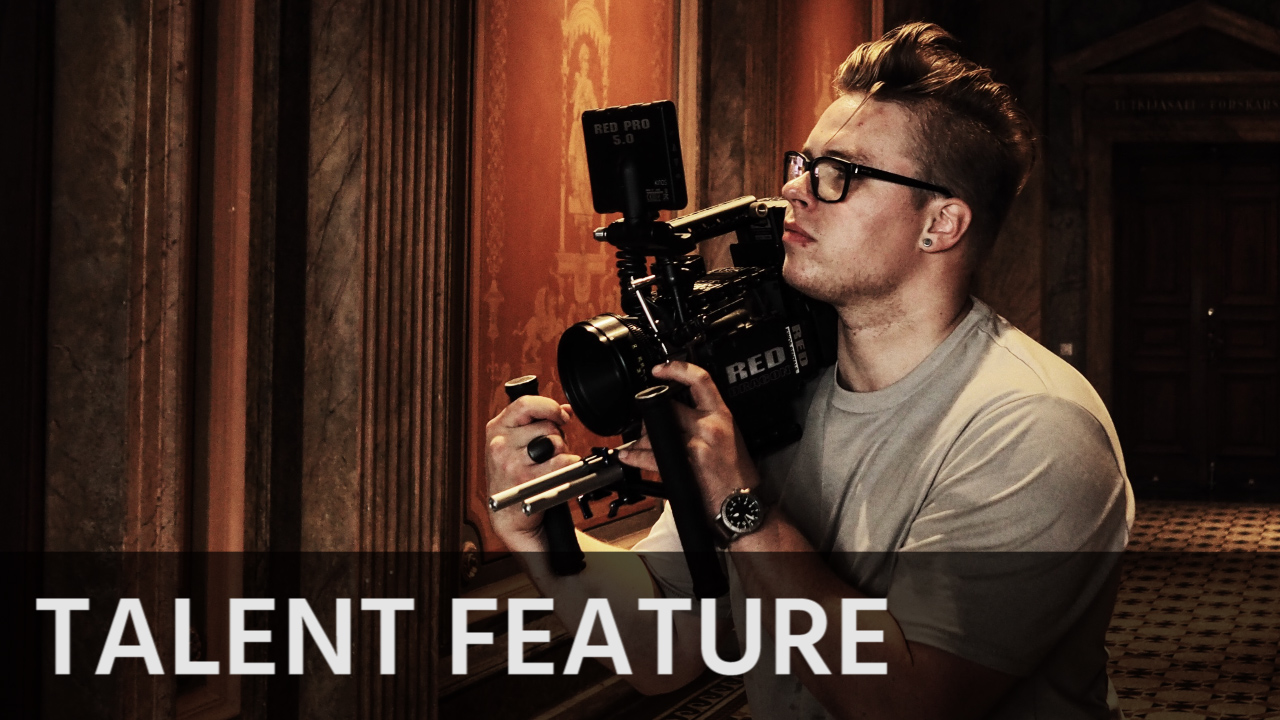
Hi, my name is Janne Amunét. Born in Finland, but raised internationally, I take pride in having a Scandinavian aesthetic to my images, but as a lover of stories, crafting stunning pictures always takes second seat to what the story at hand is. I am a lover of story, light and shadow – mostly in that order. The world is full of pretty pictures, but it’s the picture that tells the story that really matters. Whatever the medium, I’ll always go the extra mile to tell the story.
Name: Janne Amunét, 31.
Currently based in: Helsinki, Finland.
Language(s) spoken: English, Finnish, Swedish.
Occupation: Director, DoP & Creative @ Kauas Creative.
How did you get started in our industry? I fell into filmmaking almost accidentally through photography and music. At the time I was interning at a record company as an A&R assistant, and one of my duties was helping with the visuals for bands. I produced a few music videos, helping with their concepts and so on, but did not get seriously involved until I accidentally ended up at the launch event of the Canon 5D mark II. I basically went there only for the free food, but after seeing what the camera was capable of in terms of video, I convinced my boss to buy one. My brother and I went out and shot a music video on the camera and, just a few weeks after the camera’s European launch, we had our first video on MTV. So most likely I may have the credits to have gotten the first DSLR music video on MTV :)
Since then it’s been a whirlwind ride of photography to film, a few features, a few documentaries, and lots of advertisements.
Current assignments: My current assignments are centered around the brand videos of a few top Finnish tech startups, directing commercials for design brands and working on a new short film with my brother Samu Amunét
What types of productions do you mostly shoot? I’ve somehow gotten into a place where I do a lot of visual-based voiceover work for mid-sized brands both in and out of Finland. What usually ties the productions together is a need for a defined rawness that’s characteristic of my brother’s work and mine. They jokingly call us the Batman of the industry because we literally rise out of the dark…
What is your dream assignment / job in our industry and what are you really passionate about? I’m passionate about stories of normal people overcoming extreme obstacles to bring justice to a situation in an otherwise unjust world. My dream jobs are the ones where I get to speak life into the heart of viewers when they are in a dark place. To be able to do the kind of job where someone watches your work and in their dark place they can see or remember it, know that they are not alone and rise out stronger, that is the work I love doing.
In the work that you are presenting us, now that it is done, what would you have done differently throughout the production? I would have wanted more time for location scouting and the chance to use more natural light for shooting the grownup scenes. This was a bare-bones crew with my brother and I directing, me DPing, plus a gaffer, a make-up artist and our producer. In the morning with the kids, it was just my brother and I shooting, meaning we together were the directors, DPs, smoke machine technicians, gaffers and FX guys, all in one. It was a crazy shoot but it went well, hugely thanks to the technology behind the Olympus OM-D E-M1 Mark II, which allowed us to shoot so light and fast.
We were very hurried in production and had to shoot this right after thanksgiving weekend in Atlanta, which made finding actors, location permits and scouting downright impossible. We were supremely blessed to have a great local producer from Pull Spark help out on this impossible task, securing us the actors and a few locations we needed.
We shot the whole story in one day, which meant we were forced to script the entire second part of the short to be shot during the night. Because of this, we had to get really creative with what natural light sources we could find. Basically 80% of the film was just lit on one or two litemats and ambient light. Location was key during the night, and we were very happy to find a location with lots of available ambient light.
Another thing I would have done differently is to have had the opportunity to use older lenses for the children scenes to give them even more of a vintage look. Unfortunately, none of the rental houses were able to give us the lenses and adapters we needed for this, so we had to make do with what we had.
What current camera, lenses and sound equipment do you use? I shoot with absolutely everything out there. The way I see it, each camera and sensor is like a different film stock to me. I want to match the strengths of the camera to the story, style and special production needs of the project. There is no perfect camera, just the right one.
In terms of lenses, I used to own a complete set of Leica R lenses which I regrettably sold at some point. Those are terrific lenses with a beautiful Cooke-ish character to them.
Right now some of my favorite lenses are the Zeiss HS Mark II that our closest rental house acquired. They’ve been fully rebuilt and partly rehoused, and are a perfect match to modern, detailed sensors without going too vintage. They give the perfect amount of character to most of my modern shoots.
Apart from those, I love shooting on modern Cooke Anamorphics. They’re just so perfectly flawless, yet have enough character to be very versatile lenses.
I’ve also grown to love two lenses from Olympus. The ED 12-100mm Sync IS lens is just pure magic and is one of the best all-around lenses I know for the M43 platform. It’s incredibly versatile, robust and surprisingly portable. The 25mm 1.2 is also one of my favorites from Olympus. I shot about 50% of this music video just with that one lens, almost always wide open.
You chose to shoot your project with the Olympus OM-D E-M1 Mark II. Did you impose on yourself any limitations like not shooting with a tripod? Did you shoot using the camera’s flat(ish) mode? Did you colour correct? Were you happy with the results? The main reason I wanted to shoot with the Olympus was to help us work with our non-actor children in the film. We wanted to keep our footprint as low as possible whilst still being able to pull off myriad of moves. The stabilization in the Olympus meant that I was just handholding the camera most of the time with only a top handle and a cage.
Early on, we made the decision to use this camera because we knew we needed to pull off an incredible amount of shots in a single day, and having had a bigger crew would have inhibited that. We wanted to be able to discover and play with the kids, see where the day would take us. We also wanted to stay low, usually at or under the eye level of the children, to get this feeling of viewing the world from their perspective.
We shot using the Olympus Video Picture Profile and used the curves to lower the highlights -2 and raise the shadows +2. We graded the piece in Resolve using some custom profiles and LUTs I made for the camera.
For the situation, the lighting challenges and our run-n-gun setup, I was very happy with what we got. We felt like we got an intimate view into the kids lives and some great moments with the actors and the talent herself.
What’s your favorite lighting equipment and why did you choose that kit over other solutions? I love LEDs due to the ability of hiding them in sets. Just the sheer pleasure of being able to duct-tape a “skylight” to the roof using a LiteMat is so much fun. Then again, I much prefer certain lights for skin-tones for actors. I love using big 5K tungsten units and dimming them down to get this golden glow when bounced off of muslin. I also have an addiction to Peacock Blue and Steel Blue with dirty fluorescent units for some really nasty-looking colored light for darker stuff.
Again, I take what serves the story and the production the best.
Do you use drones/gimbals in your productions? If so, what is the most effective way you’ve found of deploying them? We used to own a big Freefly drone back in the day when people were only just starting to fly cinema cameras. We loved it back then when it was still fresh, but the market got so saturated so fast that aerial shots in Finland at least started to feel more like the cheap way to add production value instead of a tool you use to tell a story. Since then I’ve steered away from aerials if I can’t use them to somehow to add a new layer or feel to the story.
I’ve also used gimbals extensively and worked as a steadicam operator for years. The most effective way of using a gimbal for me is when we want to pull off a lot of different shots in a limited amount of time, but still retain the possibility of mimicking lots of certain moves without having to change setup all the time.
A good example of this was a recent brand film for Porsche where we used a gimbal extensively as a tripod, a car chase rig and a low slung dolly.
We also needed to capture tennis players while running with them, but we wanted to give a frantic feel to the camera, so we used the Mimic from Freefly to let my brother introduce all the wild camera angles and movements, while letting me focus on running with the camera very close to the tennis players at ankle-breaking speeds. The gimbal stabilized the movement, and the Mimic allowed my brother to freely get those fast whips and pans even at such extreme speeds.
It would have taken so much time to get those shots without a gimbal, and without the Mimic it would have looked more like a smooth dolly shot and would not have had that aggressive camera movement that we were going for.
What editing systems do you use and did you have any problems editing the Olympus footage? The footage from the Olympus OM-D E-M1 Mark II is super easy to work with and edit. There’s a surprising amount of data in the file and you’re able to really push, pull, re-crop and grade the material to a way that you like as long as you are using the high bit-rate 4K 24p DCI settings.
How much of your work do you shoot in Log and what is your preferred way of colour correcting? I actually do not really like shooting Log if I don’t have to. I grew up with film photography and have always liked “baking the look in”. Even when shooting Log, I always monitor with a LUT to get as close as possible to the final look I want for the film, often choosing to warm up or make the image colder, greener, underexpose and so on in order to get the look we want for the film.
In the grade, I like to work fairly simply in DaVinci Resolve. I almost always use the same LUT I used while shooting, doing minor exposure and color correction before the LUT, and then after the LUT, cleaning up the highlights and blacks whilst accentuating certain colors and muting others in order to build a specific color palette to the grade.
How frequently do you travel and do you have any tips when it comes to packing your gear? I travel quite a bit for work. I often see Vloggers and filmmakers pack so much gear into their bags “just in case”, drowning themselves in gear while traveling, missing out on a lot of things due to just being too heavily equipped.
My philosophy is to prepare in advance instead of preparing for everything. We almost always want to choose a specific style, a specific viewpoint and a set of rules for our shoot. This often means we shoot 80% of the film on one lens and establish certain rules on movement and composition. This means I only pack what I know we need for that specific vision, working within the boundaries of that vision to craft a certain look instead of letting the subject dictate the terms of our visual palette.
Then I pack my MacGyver kit with me which includes the basic knives, tools, noga-arms, pieces of gels, specialty connectors and the so on, which allows me to use whatever I can find in a hardware store to make custom lighting fixtures or rigs or other creative pieces of gear.
You can almost always find a way to pull off a vision if you have some creativity instead of packing everything imaginable. You don’t need to pack a full set of gels – just go to the thrift store and see what you can bounce your light off of or what you can shoot through. Or think how you can use that cable or that rope to sling the camera from somewhere.
Limiting yourself produces some of the best creativity in you. Don’t deny yourself that.
You can follow Janne Amunét’s creative work by clicking here or here.
